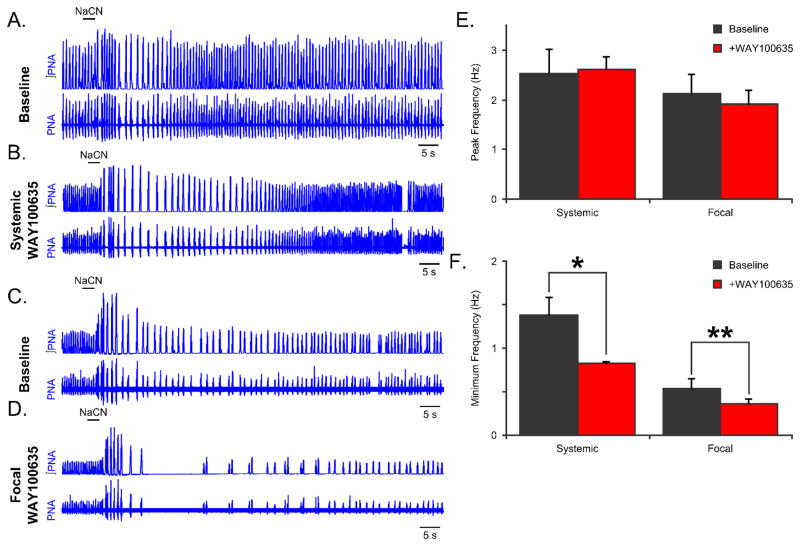Figure 2. Blockade of 5HT1aRs prolongs the recovery from chemosensory perturbations.
(A,B) Representative traces of phrenic nerve activity (PNA) are shown during a chemosensory perturbation (0.1mL, 0.03% NaCN) before (A) and after (B) systemic administration of the 5HT1aR antagonist WAY100635. (C,D) Representative traces of PNA are shown during a chemosensory perturbation (0.1mL, 0.03% NaCN) before (A) and after (B) focal administration of WAY100635 in the dorsolateral (dl) pons. (E) Neither systemic, nor focal administration of WAY100635 changed the peak frequency response to chemosensory perturbation. (F) Both systemic and focal administration of WAY100635 prolonged the recovery from chemosensory perturbation.

